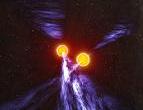 Probing
Gravity theories.
The recent discovery of the highly relativistic binary pulsar,
PSR 0737-3039, which turned out to be also the first ever known
Double Pulsar, provides an unprecedented laboratory of Gravity
physics. Probing
Gravity theories.
The recent discovery of the highly relativistic binary pulsar,
PSR 0737-3039, which turned out to be also the first ever known
Double Pulsar, provides an unprecedented laboratory of Gravity
physics.
|
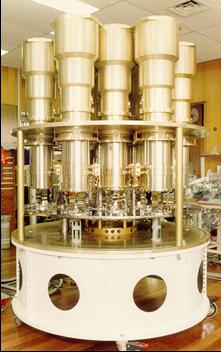 The
Parkes multibeam surveys. Several pulsar search experiments
carried at Parkes, in Australia, using the 21cm multibeam receiver
and a rather complex data acquisition system, have nearly doubled
the pulsar sample. The
Parkes multibeam surveys. Several pulsar search experiments
carried at Parkes, in Australia, using the 21cm multibeam receiver
and a rather complex data acquisition system, have nearly doubled
the pulsar sample. |
 The
Parkes Southern Pulsar Survey. A survey of the entire
southern sky for millisecond and other low-luminosity pulsars
using the Parkes radio telescope, and a 70cm receiver, resulted
in the discovery of the first significant sample of millisecond
pulsars. The
Parkes Southern Pulsar Survey. A survey of the entire
southern sky for millisecond and other low-luminosity pulsars
using the Parkes radio telescope, and a 70cm receiver, resulted
in the discovery of the first significant sample of millisecond
pulsars.
|
 Hubble
Space Telescope observations of binary pulsars in Globular Clusters.
The combination of Hubble Space Telescope images with
radio observations carried out at Parkes, in Australia, has unveiled
exciting properties of exotic binary systems and the hosting cluster. Hubble
Space Telescope observations of binary pulsars in Globular Clusters.
The combination of Hubble Space Telescope images with
radio observations carried out at Parkes, in Australia, has unveiled
exciting properties of exotic binary systems and the hosting cluster. |
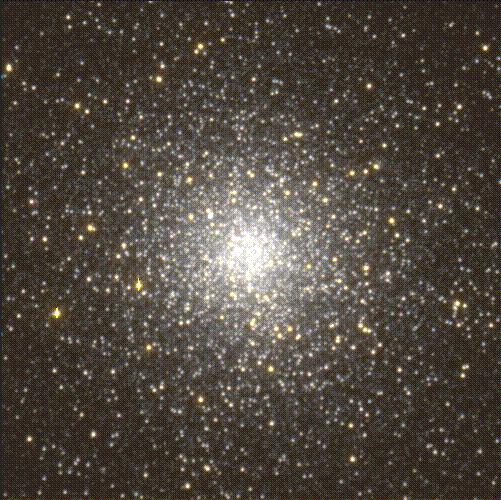 Millisecond
pulsar searches in Globular Clusters. Several searches
of the Globular Cluster system for millisecond pulsars, carried
out at Parkes, in Australia at various epochs, resulted in the
discovery of a huge population of pulsars hosted by Globular Clusters Millisecond
pulsar searches in Globular Clusters. Several searches
of the Globular Cluster system for millisecond pulsars, carried
out at Parkes, in Australia at various epochs, resulted in the
discovery of a huge population of pulsars hosted by Globular Clusters |
 Probing
the equation of state of ultradense matter with the Northern Cross.
The detection of a neutron star with a spin period close
or below 1 ms, would severely constrain the absolute ground state
for the baryon matter in nature. An experiment with high sensitivity
in the submillisecond period range was carried in the 90s using
the Italian Northern Cross radiotelescope. Probing
the equation of state of ultradense matter with the Northern Cross.
The detection of a neutron star with a spin period close
or below 1 ms, would severely constrain the absolute ground state
for the baryon matter in nature. An experiment with high sensitivity
in the submillisecond period range was carried in the 90s using
the Italian Northern Cross radiotelescope. |
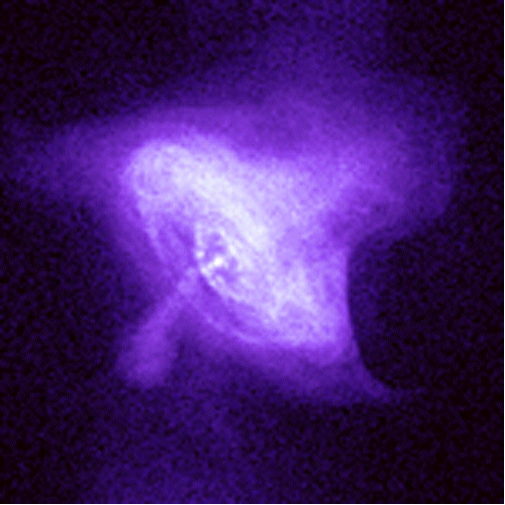 Searches
of young and energetic radio pulsars. Pulsar searches
of the potential indicators of the presence of a missing pulsar,
such as Supernova Remnants, localised gamma ray sources, and steep
spectrum radio sources, carried out at Parkes have led to the
discovery a significant sample of young energetic radio pulsars. Searches
of young and energetic radio pulsars. Pulsar searches
of the potential indicators of the presence of a missing pulsar,
such as Supernova Remnants, localised gamma ray sources, and steep
spectrum radio sources, carried out at Parkes have led to the
discovery a significant sample of young energetic radio pulsars. |
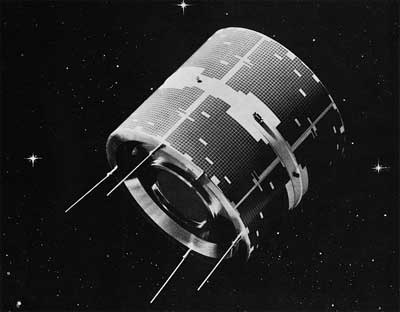 Gamma-ray
observations of radio pulsars. Because the angular resolution
of gamma-ray telescopes is intrinsically poor, a suitable method
to separate the contribution of point sources from the Galactic
gamma-ray background is timing. In this context, pulsars
play a major role, as their timing pattern can be perfectly determined
at radio wavelengths and used to fold the gamma-ray data Gamma-ray
observations of radio pulsars. Because the angular resolution
of gamma-ray telescopes is intrinsically poor, a suitable method
to separate the contribution of point sources from the Galactic
gamma-ray background is timing. In this context, pulsars
play a major role, as their timing pattern can be perfectly determined
at radio wavelengths and used to fold the gamma-ray data |
|
|
|
|
|
| |
|
|
| |
|
|